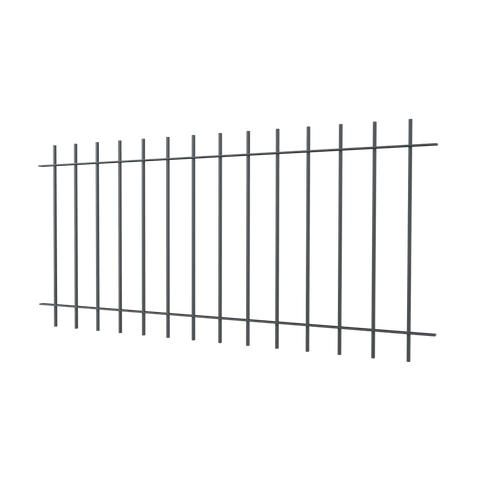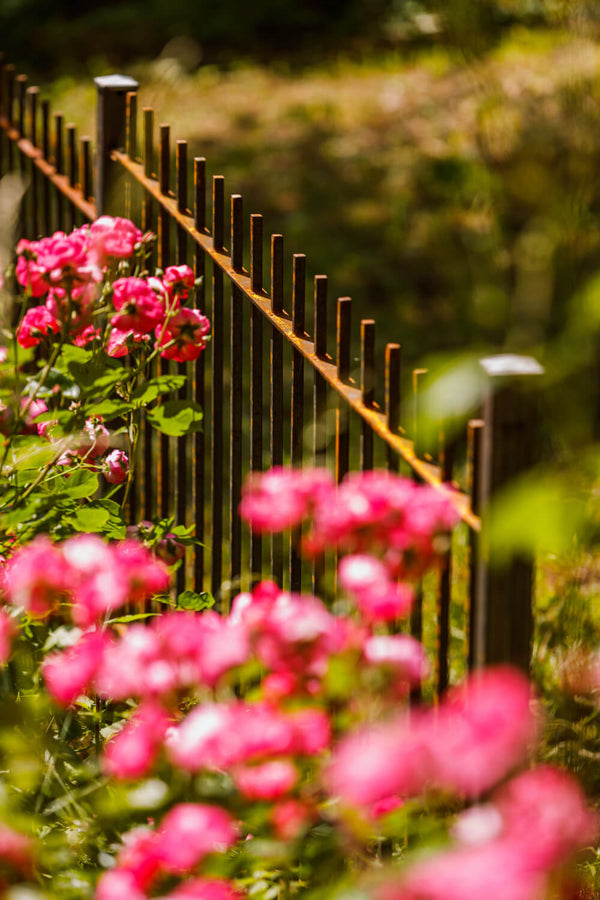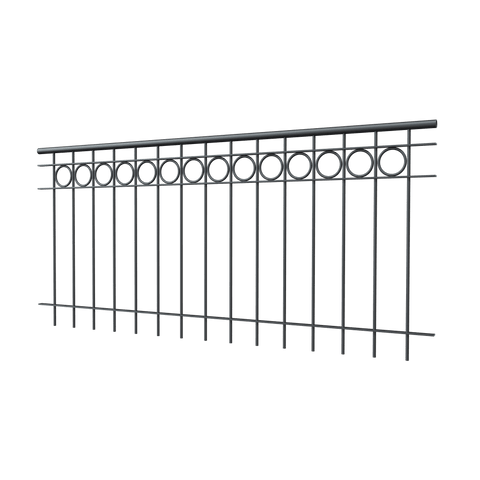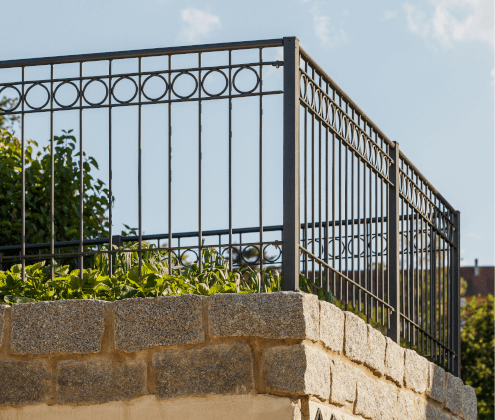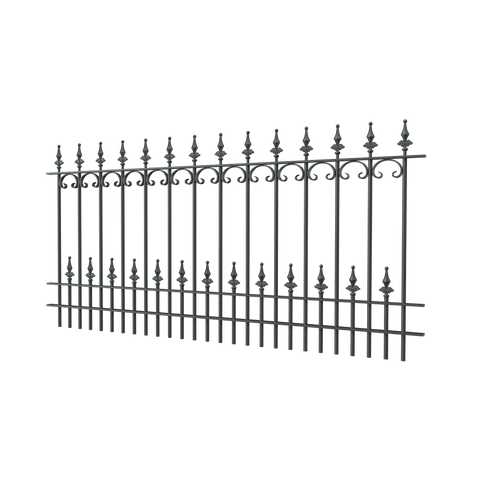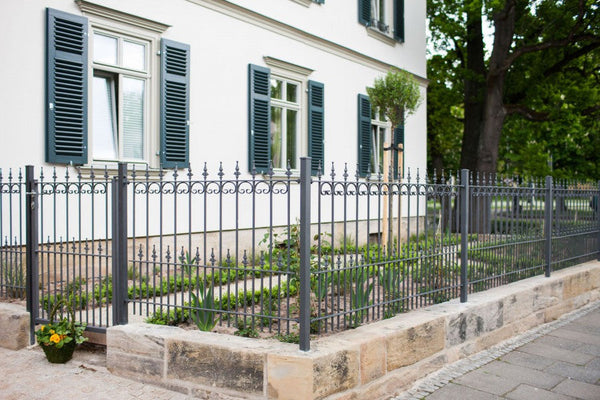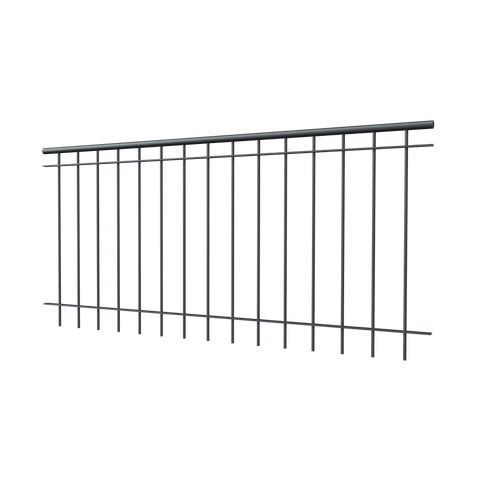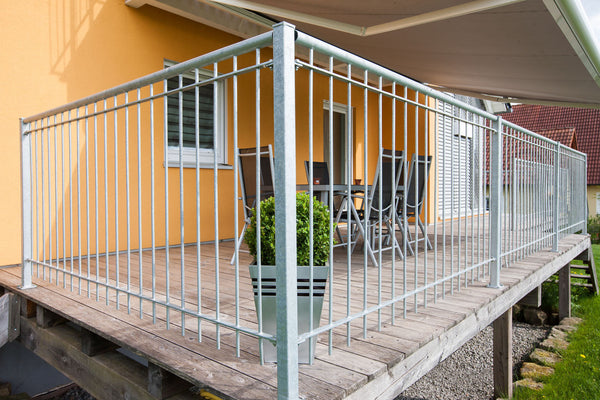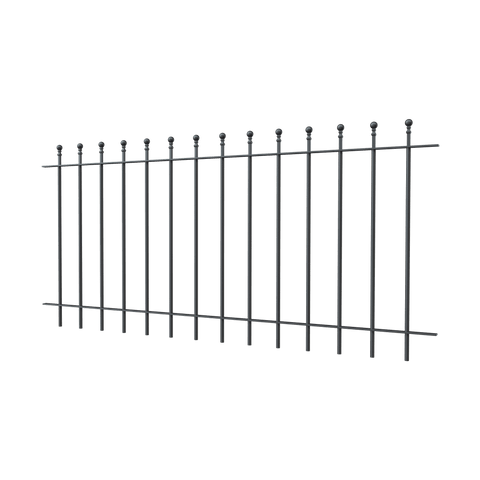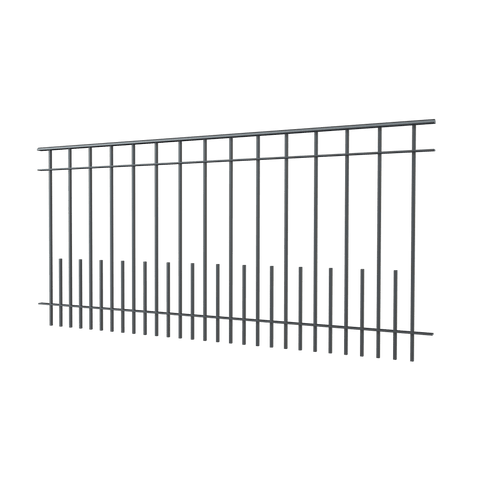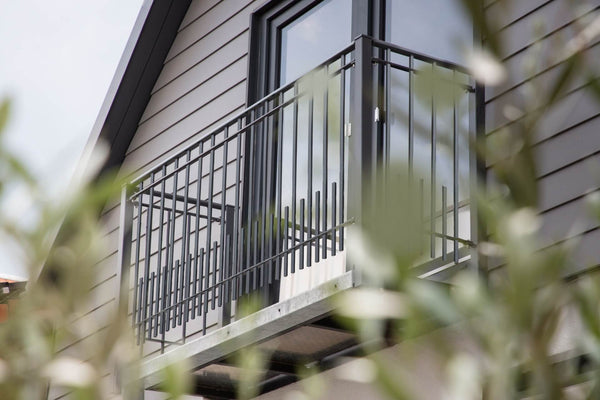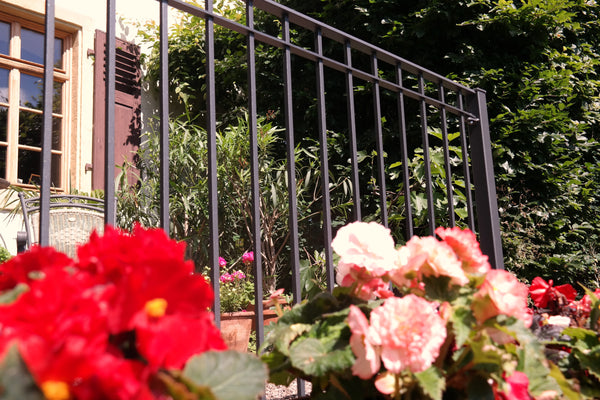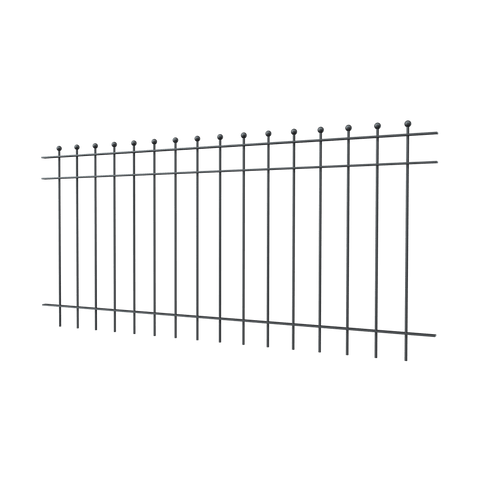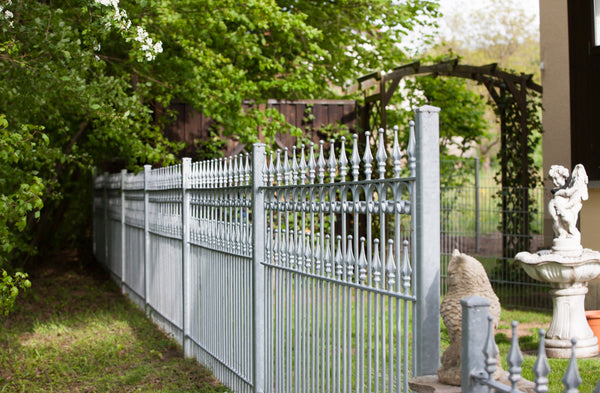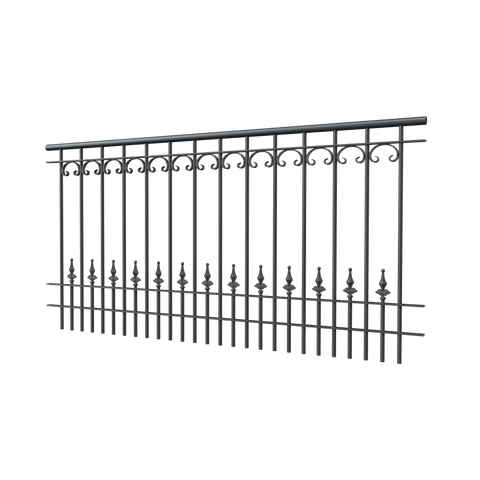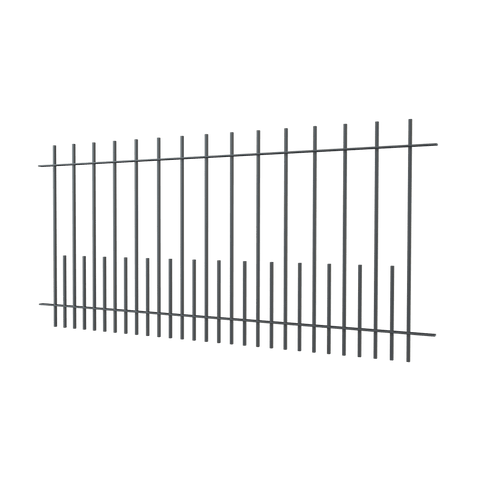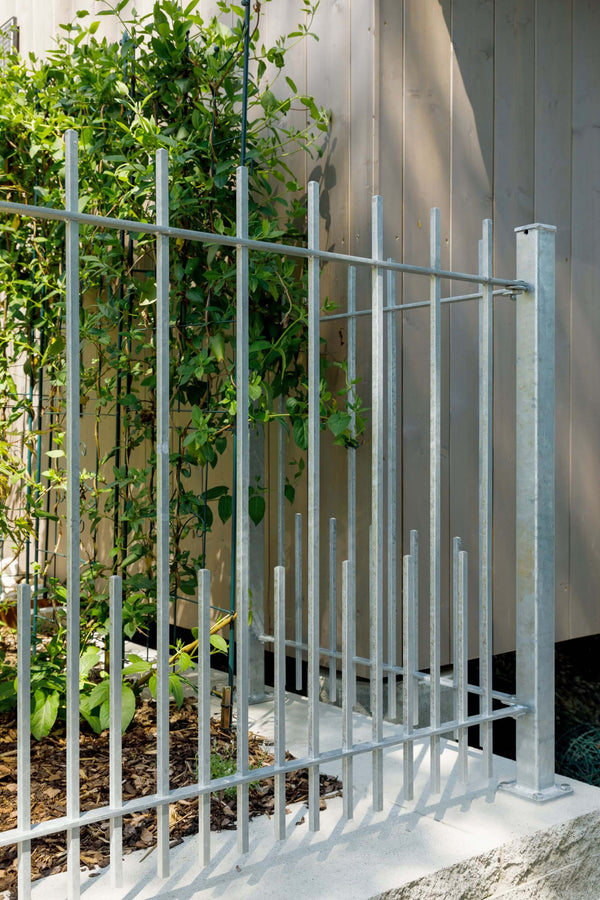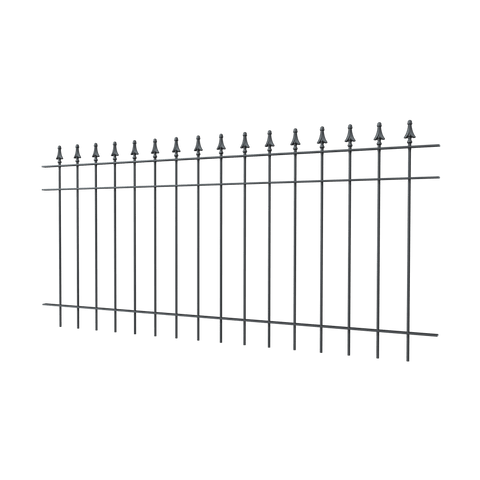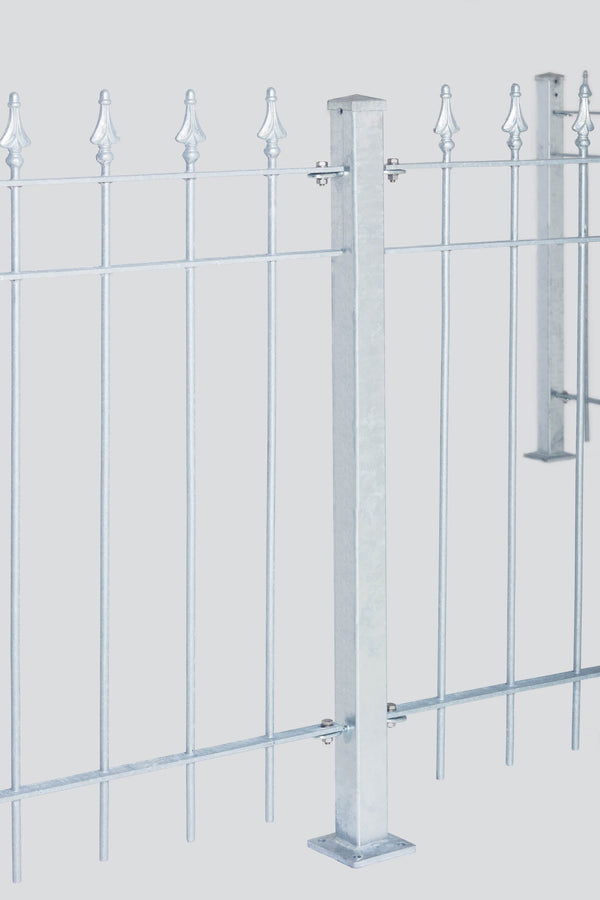Greening the garden fence

Greening a garden fence with climbing plants
A wrought iron fence not only serves to mark the boundary of a property and keep out unwanted guests. When planted with greenery, it can be used as a design element in the garden. Here you can learn how to beautify your fence with climbing plants and at the same time provide practical privacy.
An overview of the advantages and disadvantages of climbing plants for fence greening
|
Advantages of climbing plants |
Disadvantages of climbing plants |
|
Cost-effective |
May require high maintenance |
|
Long-lasting if you choose climbing perennials |
Can cause damage to facades and masonry if not maintained |
|
Environmentally friendly, highly beneficial for animals and Insects |
|
Which plants are suitable for greening fences?
The undisputed classics for greening fences are climbing plants. They have the practical ability to grow quickly and adapt to the contours of the fence. However, the choice of plants depends on the nature of the garden fence. Since climbing plants are quite heavy, they are not suitable for a lightweight chain-link fence, for example.
Greening Wooden Fences
Climbing plants such as clematis, ivy, or vines go well with the rustic look of wooden fences. But keep in mind: weathering can damage wood. When it's wet, it swells; when it's dry, it contracts. Climbing plants promote this process even more. They bring additional moisture. Therefore, you should thoroughly treat your wooden fence with a wood preservative before planting climbing plants.

Greening plastic fences
A plastic fence is much more durable and stable than a wooden fence. However, dense vegetation can still lead to moisture buildup, which can lead to green algae or mold. Suitable examples include red honeysuckle, clematis, and Virginia creeper.
Greening Metal Fences
The vertical bars of a metal fence provide an ideal support for climbing plants. Both light and heavy climbing plants can grow up a metal fence. Ivy, climbing roses, and hydrangeas are particularly suitable. They create a romantic and delicate appearance.

The most popular climbing plants for fence greening
If you want to see your fence green as quickly as possible, you should choose morning glory. The seeds are sown in spring and mature into a fully grown plant just a few weeks later.

Since the morning glory changes its flower color from pink to blue after a few days, you can look forward to a veritable firework display of color. It thrives particularly well in bright locations with plenty of sun.

The trailing rose (also called a climbing rose) is characterized by its long and flexible shoots. It often grows over the fence, creating a veritable sea of flowers. The climbing rose is also extremely robust and undemanding, making it easily adaptable to most soil and light conditions. Only full shade is unfavorable, as it produces few flowers there.

You won't only enjoy the firethorn in summer when it displays its magnificent blossoms. It's also a beautiful eye-catcher in autumn when its white blossoms transform into bright, orange berries. The firethorn thrives in both bright and partially shaded locations. It's important to note that it requires horizontally arranged fence supports. Supportive strings can be used as an alternative.
Our fences and railings
What to consider when choosing plants
-
Height:
The height of the plant should be based on the height of the fence.
-
Lifespan:
Perennial climbing plants such as ivy or vines, which resprout in spring, are particularly suitable for fences. Ivy also has the advantage of being evergreen.
-
Location:
The selection of plants also depends on the location of your fence. Most flowering plants require a sunny spot. However, if you want your fence to stay green even in winter, you should keep in mind that evergreen climbers such as ivy and honeysuckle prefer (partially) shaded areas.
Important to know: Some climbers can be toxic to children, dogs, or cats. These include morning glory, clematis, honeysuckle, and sweet pea. They can cause vomiting and diarrhea, or even hallucinations. Rambler rose, firethorn, and climbing rose, on the other hand, are harmless. Nasturtiums and sweet peas are even used in cooking.
Also read our article on Creative Fence Design. Show off your garden fence skillfully and give it your own personal touch!
Artikel teilen

